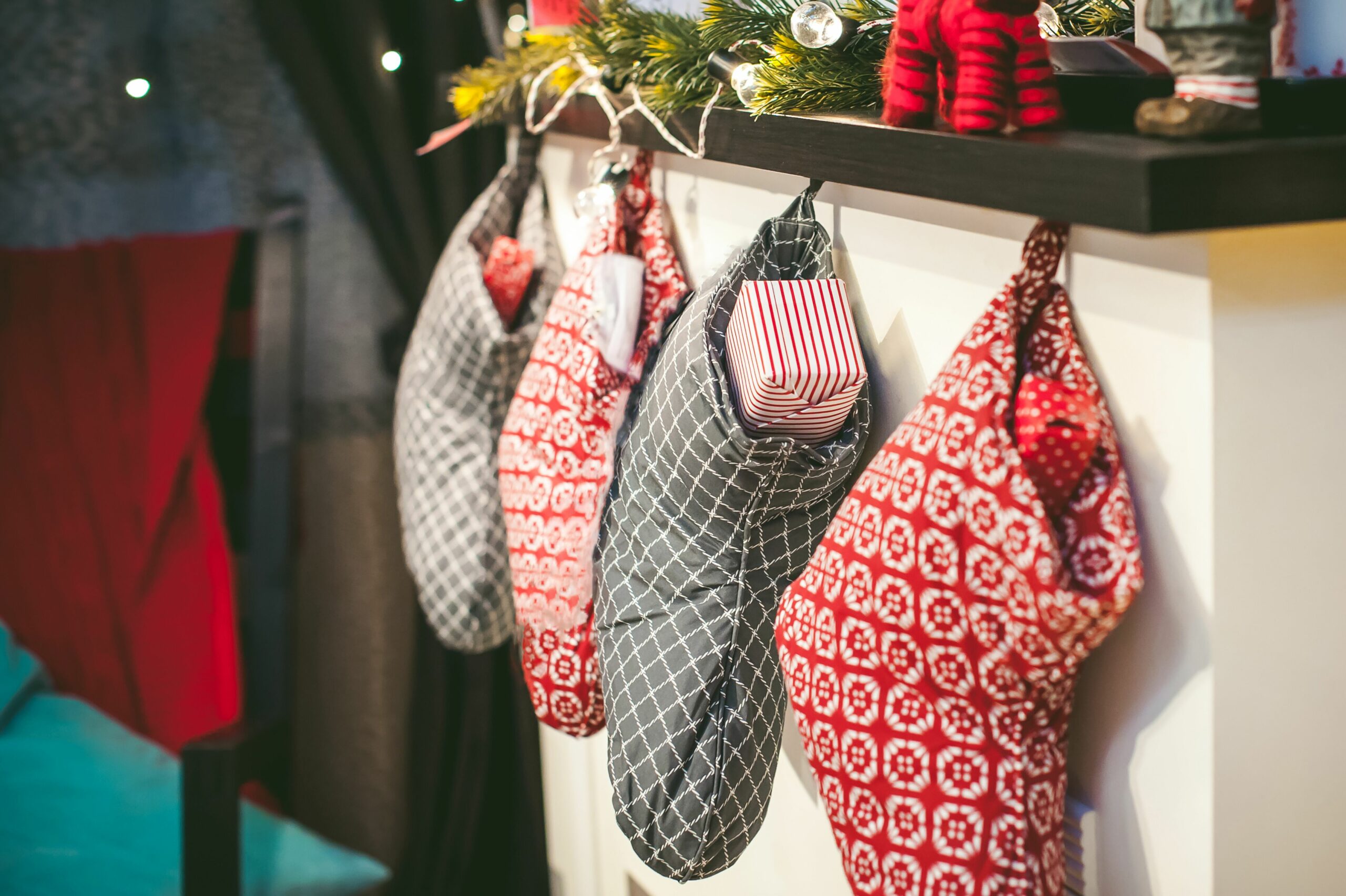Christmas has a lot of traditions and superstitions associated with it, but do we really know where they came from and what they mean?

Xmas
Xmas seems a very odd shortening of Christmas doesn’t it? Many people feel that it is perhaps lazy and a little disrespectful as it would appear to remove reference to Christ, but did you know that Xmas has been used since the 15th Century according to Countryfile and the X originally referenced the first letter of the Greek word Xριστóς (Christos) meaning Christ? So Xmas is properly pronounced Christmas and not ex-mas!
25th December
Christmas is a time when we celebrate the birth of Jesus but according to Readers Digest the actual date of Christ’s birth is not known, so why do we celebrate it on the 25th of December? Well no-one really knows but two main theories are that Sextus Julius Africanus, a Roman Catholic Historian, in AD 221, dated Jesus’ conception to te 25th March and so his birth should have been the 25th of December. Another theory is that the Christian Church chose this date to provide an alternative to Sol Invictus which was a pagan roman festival in order to convert the Romans to Christianity. It was officially adopted by the first Christian emperor Constantine in AD 336.
12 days of Christmas
We all know the song and we also all know to take our decorations down on the 12th night at the very latest or suffer the consequences of bad luck, but where did this tradition come from? The 12 days, according to VOX, was the time it took from Jesus’ birth to the arrival of the three wise men which is termed as the epiphany.
Christmas trees
Evergreens have been used symbolically for many millennia and were used in Ancient Egypt and Rome as they were believed to ward off witches, ghosts, evil spirits and illness, according to History. The modern use of trees for Christmas stems back to the 16th Century when Christians started bringing decorated trees into their homes. It is thought that the fir tree was used as it resembled the paradise tree which was used in medieval German Mystery or Miracle plays which were acted out in front of churches on Christmas eve.
Decorations
People have been decorating Christmas trees for as long as they have been putting them up. The use of lights is believed to go back to the 16th century reformer Martin Luther who was inspired by seeing the stars twinkling between the branches of evergreen trees and put candles on his trees. Also, in the 16th Century, Germans decorated their trees with apples, again to resemble the paradise trees.
Mistletoe
The use of mistletoe in mid-winter pre-dates Christianity and is still often considered to be a pagan plant but why do we kiss under the mistletoe at Christmas? There is no single agreed reason why this tradition started but one firm favourite according to the BBC is that Mistletoe has long represented fertility, life and love and kissing underneath it would bring good luck.
Gifts
The giving of gifts is a much more established tradition and it reminds us of the gifts given to Jesus by the three wise men.
Father Christmas
Father Christmas was originally St. Nicholas who was a 4th Century Bishop renowned for his kindness and generosity according to Why Christmas. It is held that he heard of a father who didn’t have enough money to pay the dowry for his three daughter’s weddings and so St Nicholas dropped a bag of gold down his chimney and it fell into a stocking being dried there. This is where the tradition of hanging stockings up came from. The story got around and it was then thought that gifts came from St Nicholas. In the 16th Century, however, this became unpopular in Northern Europe and so they came up with Father Christmas or old man Christmas.
New Year
The New year is steeped in traditions and here are just a few of them:
- No sweeping on New Year’s Day because you might sweep away the good luck.
- No laundry to be done on New Year’s Day, in fact none should be done over the entire Christmas period for fear of washing away a loved one!
- No crying on New Year’s Day because you don’t want to set a bad tone for the year.
- Best Foot First this is a Scottish tradition, for good luck the first visitor to your home should be a dark-haired male bearing a coin or a lump of coal arriving at the home. Why dark haired? According to the Telegraph it comes from the Viking times when a fair haired man would likely signal trouble, the bearing of a coin or coal signifies warmth and prosperity.
- Make lots of noise. Ever wondered why we have fireworks at midnight? Well it is to scare off evil spirits for the New Year ahead.
As you can see some of the Christmas and New Year traditions go back thousands of years. The most important tradition we think, is to have fun and enjoy spending time with your loved ones. Merry Christmas from all of us to all of you!






